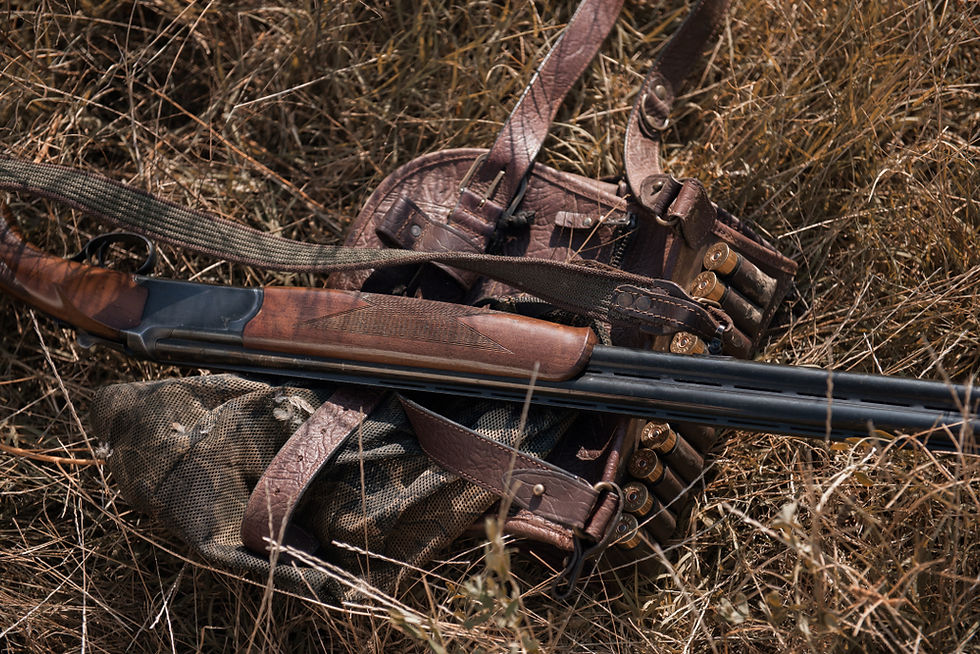Hunting Shooting Accidents and Using 3D Scanning to Collect Evidence
- R Rider
- Jun 12, 2019
- 3 min read
Hunting is such a refreshing sport. The effort you invest into trailing and hunting down animals is just as good as any cardio workout routine. It keeps your personal health in check and helps you develop skills to better your personal growth.
But the scenarios, terrains and styles can cause a wide variety of injuries. On average, about 1,000 people are accidentally shot by hunters every year in the U.S. and Canada.
Quite a problem isn’t it?
We think so.
But at this point, we need to start looking at cause.

What is a Hunting-Shooting Accident?
A hunting-related shooting accidents (HSRI) is an occurrence which involves injury to an individual as a result of the accidental discharge of sporting arm during a hunting adventure. These accidents often arise due to failure to follow basic hunting and firearm safety rules.
These rules include: never point a gun, assume that every gun is loaded, keep guns away from children, keep obstructions away from the barrel and action, do not drink before hunting, and identify your target before you release fire.
When a firearm is accidentally released and aimed at another hunter who is either injured or even killed, the hunter who fired the gun will almost always be culpable. However, the injured person could be at fault sometimes for moving into the line of fire. Unfortunately, many gunshot injuries affect members of the same hunting party.
The good news is: wearing orange blaze can help to easily identify you and protect you against accidental discharge. However, this does not guarantee your safety. So, it is the duty of every hunter to ensure their targets are identified before the trigger is pulled. But there is even more good news: 3D scanning.
3D Scanning: Today’s Invaluable Crime Management Tool
3D laser scanners have become an invaluable tool for investigation departments across the country due to their efficient means of improving accident investigation capabilities. Since determining who is at fault in a hunting-shooting accident can present a tricky prospect, 3D scanners come in handy for investigators.
Some of its benefits include:
· Improved Workflow for Investigators
One of the major benefits of the 3D laser scanner is its ability to reduce the time typically taken for law enforcement agents to clear an accident scene. It is also helpful in capturing large amounts of data, much more precisely than an investigator who collects evidence manually.
· Improved Field Officer Safety
When investigators are able to quickly clear an accident scene, the chances of officer injury will drastically reduce. It also minimizes the amount of congestion in the scene, helping to protect the integrity of evidence.
· Digital Preservation of Evidence
Evidence collected using 3D scanners are digitally preserved. This allows investigators to use the retrieved data to continue their investigations. Without the aid of 3D laser scanners, measurements taken at the accident scene can be compromised or even lost. But using 3D laser scanners means that investigators can virtually revisit an accident scene and get the needed measurements.
There are several instances in which a hunting-shooting related accident occurs. Several of which can be prevented, or at the very least, investigated appropriately using 3D scanning technology.
Would you agree?
If you loved this blog, let me know below. And! If you haven’t already, be sure to stop by our FB page to keep up with our latest views of 3D technology and behind the scenes footage.





Comments